Year 9 maths exam: Can YOU pass this maths exam for a 14-year-old?
>
Are you smarter than a 14 year old? MailOnline has unearthed a recent maths exam taken by Year Nine pupils across the UK.
Teenagers take tests that are monitored by teachers to track their progress before they head off to study for their GCSEs in Year 10.
So MailOnline asks… Can You Solve These Year 9 Math Test Questions? Remember that calculators are not allowed (answers at the bottom of the page)
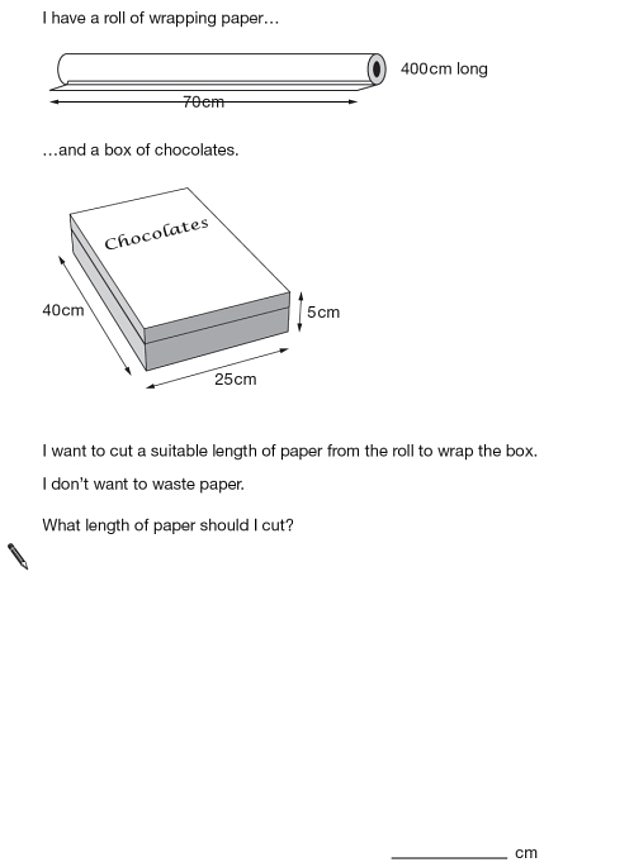
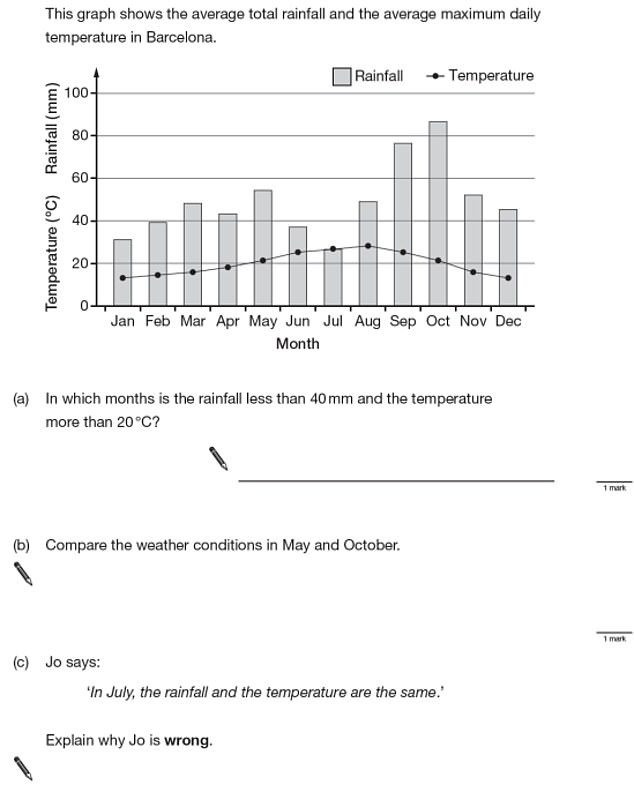
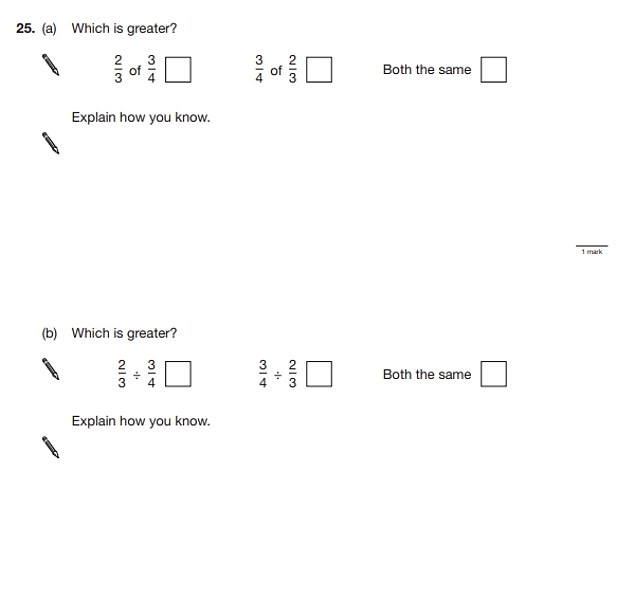
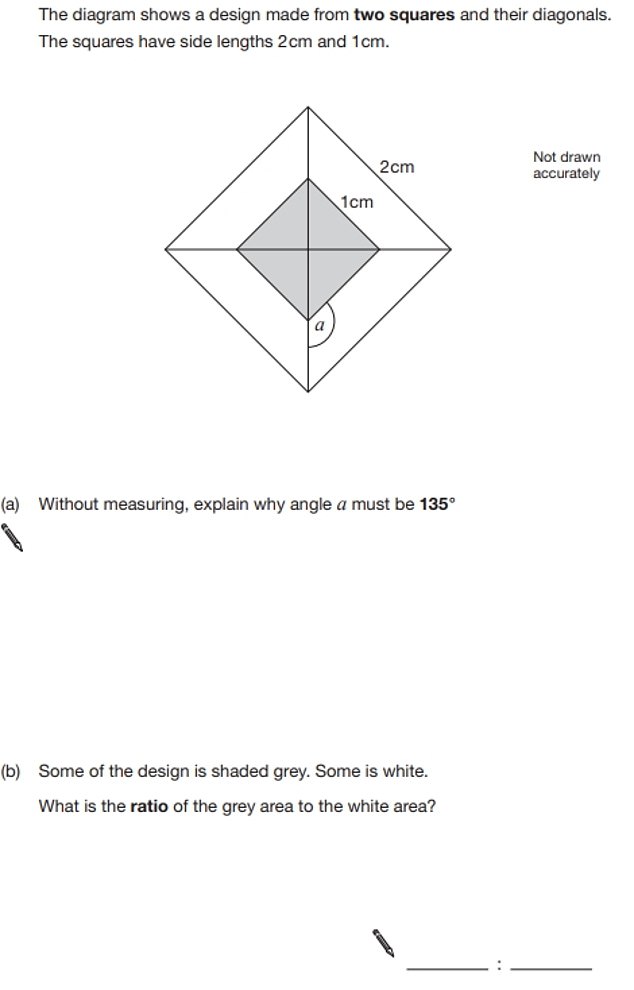
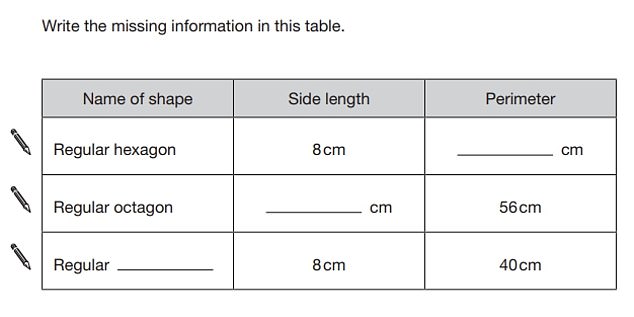
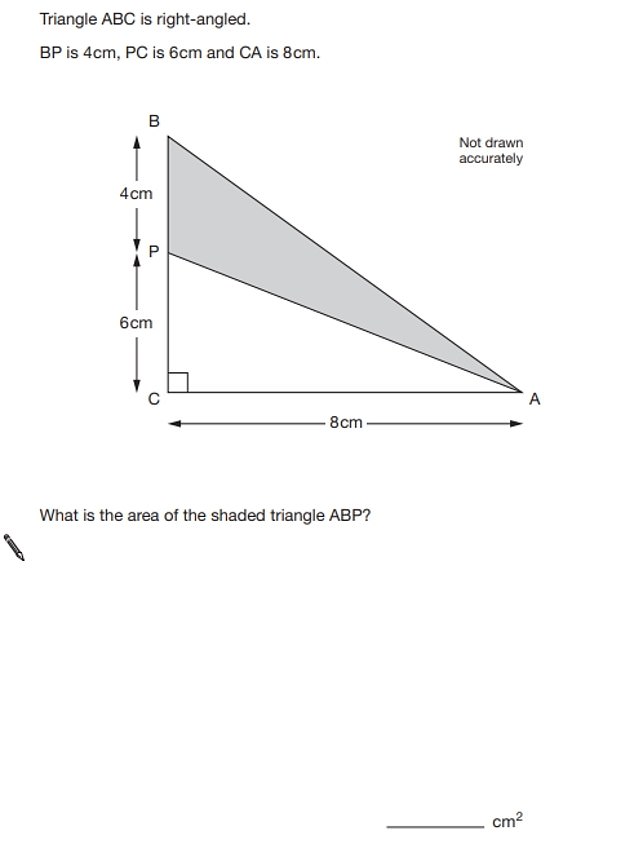
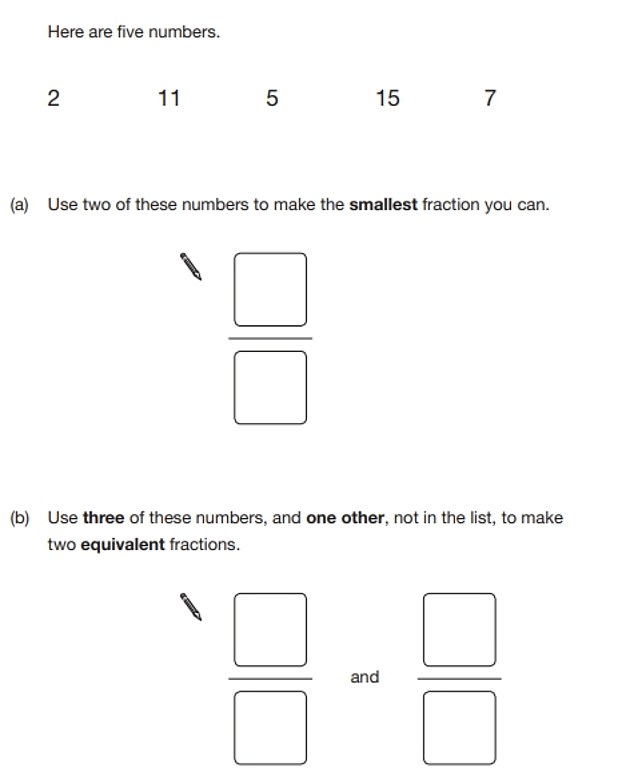
MailOnline is quizzing readers on math topics as UCAS data has revealed that the number of UK students studying STEM subjects at university has increased over the last decade.
Students studying engineering and medical-related subjects increased by 9 and 11 percent, respectively, in 2021.
The increase comes after acceptances into engineering programs increased 21% over the course of a decade, from 20,420 in 2011 to 30,090 in 2020.
Similarly, a record number of students have been accepted into computer science courses. The degree program saw a nearly 50 percent increase from 25,995 in 2011 to 31,545 in 2020.
Data from last year shows that interest in computing continues to rise, with enrollment in the subject increasing by 11% between 2021 and 2022.
Analysis by BCS, The Chartered Institute for IT, found computing to be the second fastest growing degree subject in the UK.
The growth in the STEM sector comes as parents worry about educational disruptions while teachers prepare to strike over wages.
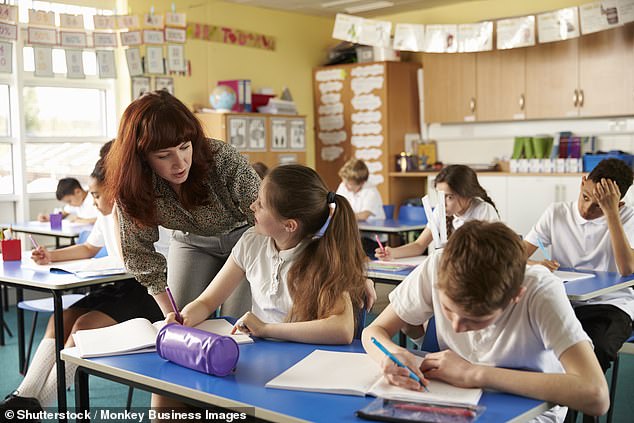
Half of the public schools in England and Wales, up to 12,000 in total, will close on Wednesday in a pay dispute.
Millions of children face being turned away from class during the teachers’ strike next week.
Half of the public schools in England and Wales, up to 12,000 in total, will close on Wednesday in a pay dispute. Six more days of strikes are planned in the coming months. Around 4.5 million young people will be affected.
The school staff will join 100,000 civil servants, 70,000 university employees and thousands of train drivers who will also stage an industrial action on Wednesday in what experts fear is effectively the first general strike since 1926.
Jonathan Gullis, a former schools minister, said: ‘Pupils are having their education interrupted once again, hurting their life chances. It is a shameful day for the profession.’
The Department for Education (DfE) has offered a five per cent pay increase to most teachers for the current school year, but the National Education Union (NEU) is demanding a fully funded above-inflation pay increase for teachers.
The NEU, the country’s largest teachers’ union, announced that the first day of strikes will be February 1, with more than 23,000 schools in England and Wales expected to be affected.
More strikes will take place on February 14, March 15, and March 16. Teachers from various regions will also hold strikes on February 28 and March 1 and 2.

Jonathan Gullis (pictured), a former education minister, called the strikes “a shameful day for the profession.”
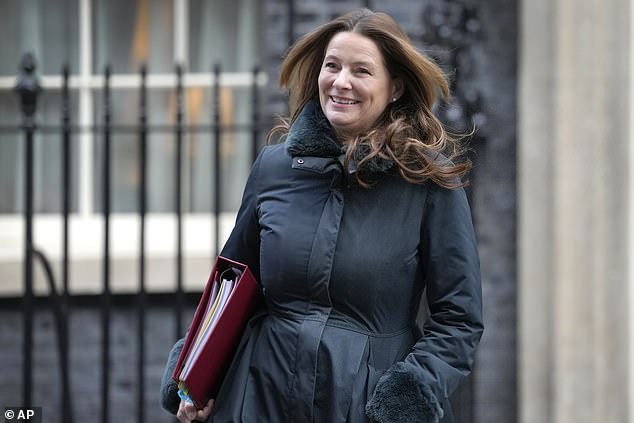
Leaders of the National Education Union are expected to meet with Education Secretary Gillian Keegan (pictured) on Monday for last-minute talks.
A source in NEU said that half of all public elementary and secondary schools, along with some daycare centers, were at risk of closing partially or completely on February 1.
At least 120,000 teachers are about to walk out, with tens of thousands more expected to join them after nine out of ten union members who voted in the ballot backed the strike.
In Scotland, teachers are continuing their first industrial action campaign in four decades. They are on strike for 16 consecutive days in January and February, today being the tenth day.
Around 10.6 million children attend UK schools and nurseries, with around 95 percent in state-funded institutions, according to government figures.
But nearly half are now facing stay-at-home obligations, leaving many parents without child care.

Teachers gather to demonstrate as they continue their strike demanding higher wages and better working conditions in Edinburgh, Scotland, on Thursday.
More than 30,000 disgruntled teachers have joined the NEU since it announced the strike last week, with the aim of joining the strikes.
Striking teachers can wait until Wednesday morning to decide to do so, leaving parents and principals facing days of limbo.
Hundreds of schools have already confirmed that they will not be able to open to all students, the Post can reveal.
Letters were sent to parents warning them of a possible disruption.
In Cardiff, more than 111 schools have confirmed they will be partially or fully closed on Wednesday.
And dozens of institutions have declared that they will not be open to all students in Yorkshire, Cumbria, Gloucestershire and the West Midlands.
Experts urged ministers and union bosses to prioritize children amid fears that the most disadvantaged would bear the brunt.
Jon Andrews, head of analysis at the Institute for Education Policy, said: “Given the severe disruptions and learning losses caused by Covid, the government and teacher unions must prioritize avoiding further disruption to education for young people.”
“Ministers and teacher unions must now enter into a constructive dialogue to reach a solution.”
WHAT ARE THE ANSWERS?
- (a) = 6 (b) = 4
- 50cm
- (a) June and July (b) May rain 55 temperature 21 and October rain 85 temperature 21 (c) Precipitation in mm temperature in degrees Celsius
- (a) 2/3 x 3/4 = 1/2 = 3/4 x 2/3 (b) 2/3 divided by 3/4 = 2/3 x 4/3 = 8/9, 3/4 divided by 2/3 – 3/4 x 3/2 – 9/8, 9/8 > 8/9
- (a) 135 + 135 + 90 = 360 (b) 1:3 or 2:6
- 47 seven pentagon
- sixteen
- (a) 2/15 (b) 2/5 and 6/15 or 5/15 2/6 or 11/15 33/15
